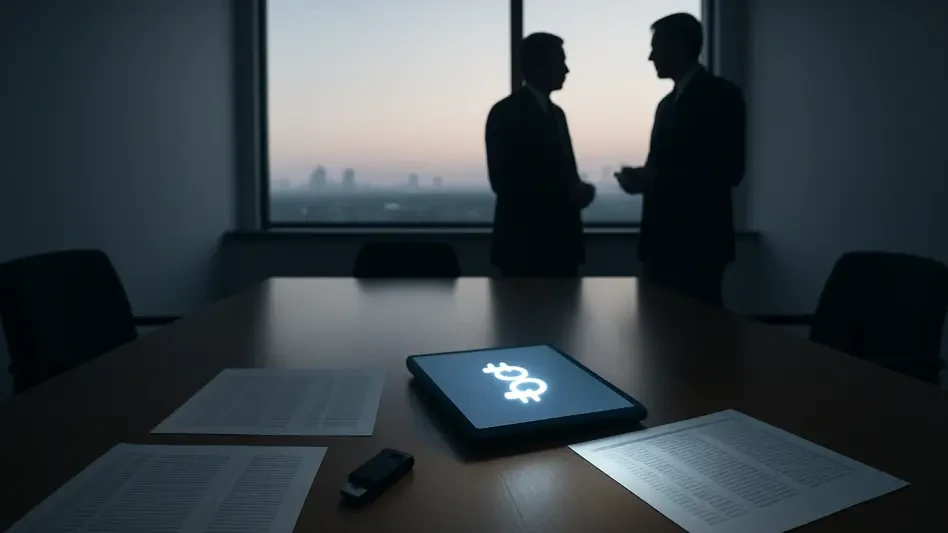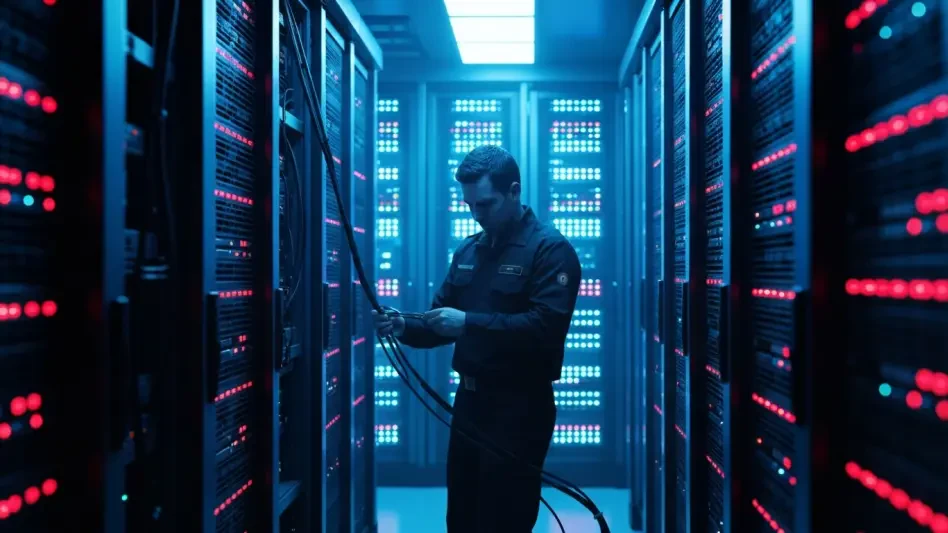Cybercrime is rapidly evolving, and one of the emerging strategies reshaping its landscape is SEO poisoning, a technique that manipulates search engine algorithms by injecting harmful links into websites. This tactic has gained prominence with the rise of the Hacklink marketplace, a black market where cybercriminals buy and sell access to compromised domains. As search engines remain a primary gatekeeper of online content, SEO poisoning attacks pose a significant threat by affecting the visibility and trustworthiness of legitimate enterprises.
Understanding the SEO Poisoning Paradigm
SEO poisoning attacks are characterized by their stealthy manipulation of search engine rankings through embedding malicious JavaScript in website source code. This method primarily targets industries like online gambling, where fraudulent sites overshadow legitimate ones in search results. The significance of these attacks in the broader cybercrime spectrum lies in their ability to exploit search engines, often bypassing the direct security measures implemented by organizations.
Key players in this field, such as Neon SEO Academy and SEOLink, operate across regions like Turkey, becoming adept at blending illegitimate strategies with advanced technical manipulations. These entities leverage automation tools, selling access to thousands of high-reputation domains (.gov and .edu) to amplify SEO impact. Regulatory measures against these practices remain sparse, posing a challenge to authorities attempting to combat such intricate offenses.
Trends Transforming the Cybercrime Landscape
Emerging Tactics and Technologies
As SEO poisoning continues to redefine cybercrime tactics, several trends and technologies are facilitating its growth. The convergence of marketing strategies with technical exploitation is evident as criminals adopt tools that automate and optimize the ranking of scam sites. This trend reveals both opportunities and challenges; while new technologies enable a wider criminal reach, they also inspire innovations in cybersecurity defenses.
Market forces further drive these tactics, with the demand for quick visibility and reputation damage potential prompting frequent attacks. These evolving tactics emphasize the need for security professionals and businesses to stay alert to emerging patterns, ensuring defenses are robust and adaptive.
Market Impact and Projections
Data reveals significant growth in SEO poisoning attacks, with projections indicating their continued influence on future cybercrime tactics. As search engines grapple with distinguishing legitimate from false entities, attackers exploit these vulnerabilities to achieve higher visibility in search results. The resulting market impact sees a decline in the trustworthiness of legitimate brands compromised by malicious backlinks. Businesses, especially in vulnerable sectors like cryptocurrency trading, must anticipate further complexities in managing their online presence.
Challenges in Combating SEO Poisoning
Industries face numerous challenges in combating SEO poisoning, primarily technological and regulatory in nature. The disguise and sophistication inherent in these attacks make detection difficult, while regulatory systems lag in addressing evolving cybercrime methodologies. Market-driven pressures further exacerbate these challenges, as enterprises scramble to maintain brand credibility amidst new threats.
Potential solutions lie in proactive vulnerability assessments and robust search monitoring. By addressing loopholes before they are exploited, businesses can mitigate risks associated with SEO poisoning. Sectors vulnerable to these threats, such as gambling and cryptocurrency, must establish rigorous security checks to guard against possible incursions.
Regulatory and Compliance Factors
Regulatory landscapes play a crucial role in mitigating the risks posed by SEO poisoning. Currently, there are few comprehensive laws or standards specifically addressing these attacks, leaving a gap in how businesses respond. Compliance with general cybersecurity guidelines and international standards becomes essential in fortifying defenses against SEO poisoning. Regulatory changes aimed at enhancing search engine security and monitoring may shift how businesses prioritize cybersecurity measures, promoting a more holistic approach to protection.
Future Directions in Cybercrime
Looking ahead, SEO poisoning attacks are anticipated to grow more sophisticated, influenced by emerging technologies and market disruptors. Innovations in machine learning and artificial intelligence could either bolster attackers’ capabilities or enhance detection mechanisms, affecting how businesses approach their cybersecurity infrastructure. Changing consumer preferences and global conditions will likely further shape these trends, as companies navigate both opportunities and risks in a transformed cyber landscape.
Conclusion and Recommendations
The evolution of SEO poisoning in cybercrime has redefined how tactics of deception are employed online, emphasizing the need for heightened vigilance among businesses and policymakers. As these attacks continue to impact industries, proactive investment in cybersecurity measures and collaboration with regulatory bodies are recommended to navigate and mitigate these challenges. Policymakers should foster environments conducive to robust cybersecurity practices while businesses capitalize on technological advancements to fortify defenses against SEO poisoning threats.








